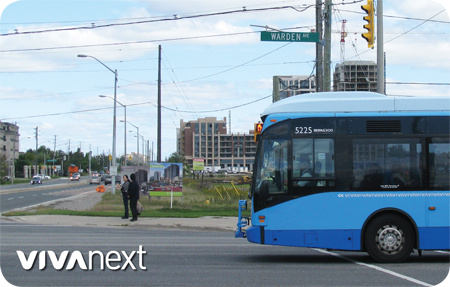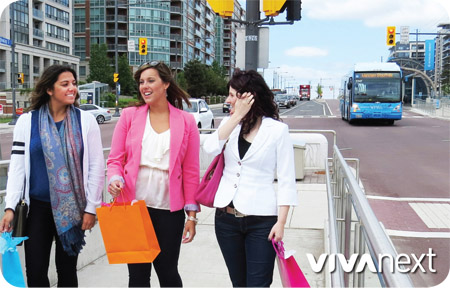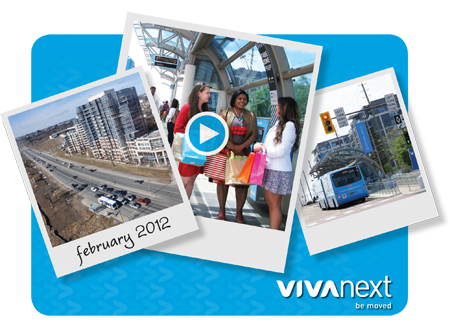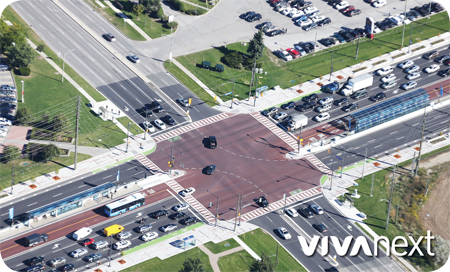You already know about all the ways that vivaNext is great for York Region. But beyond the life-style benefits of having a comfortable, convenient rapid transit system, vivaNext is going to bring real financial benefits to our region.
Long before the decision was made to build a rapid transit system, York Region calculated the costs and benefits. At that time, they would have used the standard Cost Benefit Analysis or CBA. This approach is quite simple: all potential costs and benefits are calculated into dollars, and then compared. If the sum of the benefits exceeds the sum of the costs, the project makes financial sense. On this basis, the business case was proven for building vivaNext; Council and Metrolinx agreed; and vivaNext was funded.
Now there are new ways of doing business cases to decide which transit infrastructure projects should be funded. Beyond doing a simple economic test, new methodologies are better at looking at all the complexities to be considered in funding multi-billion dollar projects. One is the triple-bottom line concept, which looks at all the impacts of a project, including social, environmental and economic.
More comprehensive is the Multiple Account Evaluation or MAE method, developed by the Province of British Columbia in the 1990’s. This method actually assigns values to a project’s impacts. MAE has become the standard approach used to evaluate whether a transit project deserves to be funded. It looks at all the different impacts, and assigns them to their own “account,” including:
- A transportation user account, which captures travel time savings, auto operating cost savings and safety benefits from reduced road traffic.
- An environmental account, which captures the impact on greenhouse gas emissions.
- A financial account, which consists of the net capital and net operating costs [transportation and maintenance] associated with the Bus Rapid Transit strategy.
- An economic development account, which captures the impact of capital spending on employment and output in the short term and the impact of additional services and operations associated with the Bus Rapid Transit strategy over the long term.
- A social and community account, which describes the impacts of the Bus Rapid Transit strategy on land use shaping and specific socio-economic groups.
Using this methodology still requires some judgement to determine the relative importance of each account, reflecting a community’s values and priorities. For example, it will consider how much a community is concerned with environmental impacts, such as reducing greenhouse gas emissions. And it requires predictions of future trends and patterns, which go beyond simple technical analysis. All these impacts are then assigned dollar values.
Ultimately, funding huge infrastructure projects such as vivaNext will continue to require judgement calls about what communities want and value. In a future post we’ll describe how vivaNext stacks up using the MAE approach. But the bottom line is that people in York Region value their quality of life, and having more time for the things that matter. People want more choices in how to get around, they want convenience and reliability, and the ability to live without needing a car. Based on that analysis, we’re confident that vivaNext makes sense now, and far into the future. We hope you are enjoying those benefits on Highway 7 East!










